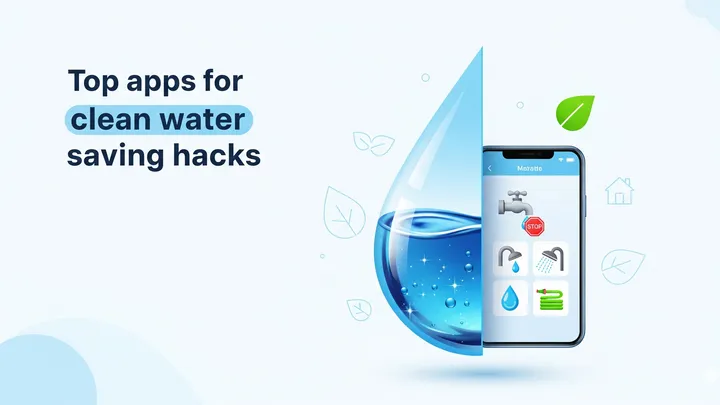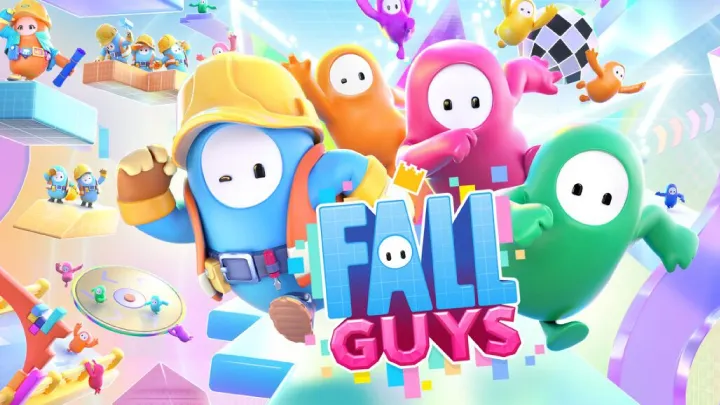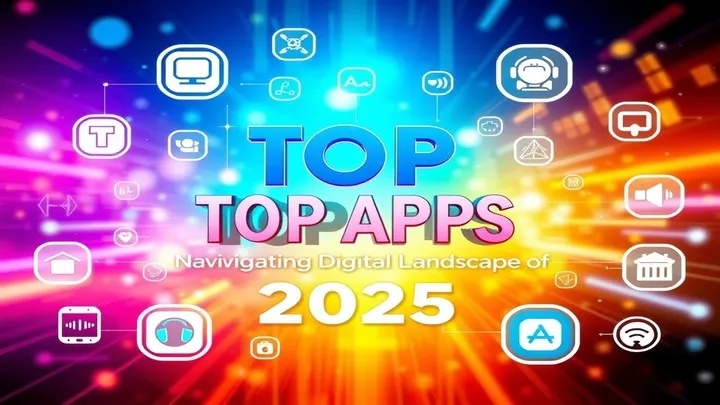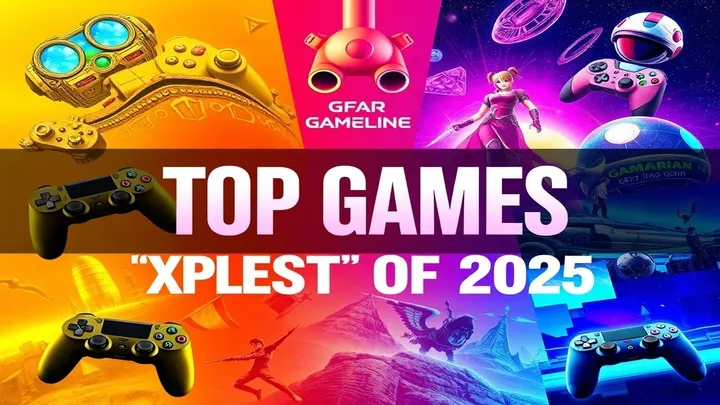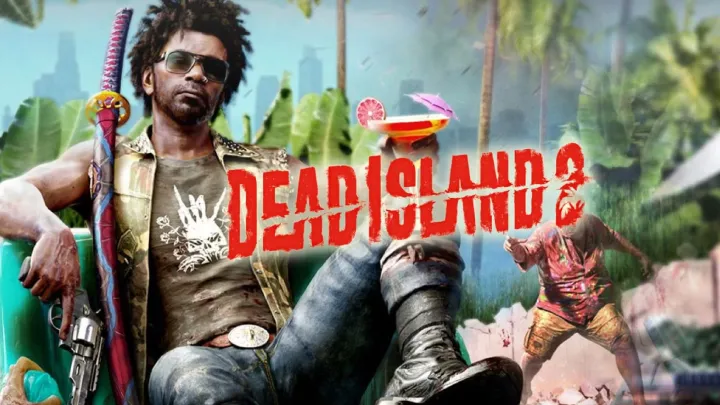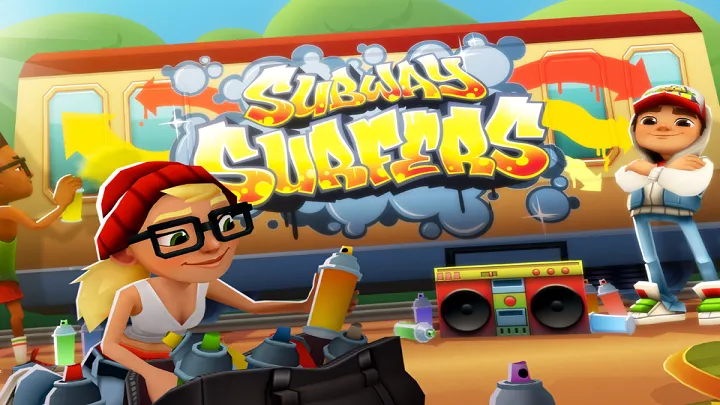Introduction
FIFA Rivals Mobile Football has been celebrated for its fast-paced gameplay, engaging rivalries, and clever adaptation of console football mechanics for mobile devices. Yet beneath the excitement of quick matches and squad building lies a defining issue that players cannot escape: the stamina economy. In FIFA Rivals, stamina is the invisible clock ticking behind every game session, determining how often you can play, how far you can progress, and whether money becomes a necessary shortcut.
This article will take a deep dive into the stamina system, analyzing how it evolves over time for both free-to-play and paying players. We will look at how stamina initially feels balanced but later becomes restrictive, how it drives monetization, how it shapes competitive balance, and what lessons it provides for the future of mobile football titles.
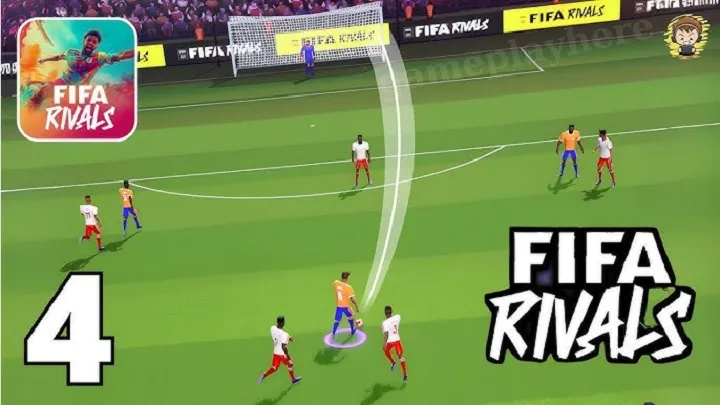
The early hours A fair start for newcomers
At the beginning, stamina feels generous. New players are given enough energy to play multiple matches without interruption. Combined with easy wins against weaker AI opponents or balanced matchmaking, this creates an enjoyable flow that encourages players to keep playing.
This stage is crucial for player retention. It creates the impression of fairness and accessibility, making players believe that progression is tied solely to their skill and commitment rather than hidden restrictions.
The first wall When stamina runs out
After several hours of play, players encounter their first limitation: stamina depletion. Matches consume energy, and when it runs out, players must either wait for it to recharge or pay to replenish it instantly.
This is the moment when many players realize the hidden gatekeeping system behind FIFA Rivals. Suddenly, momentum slows, progress stalls, and the excitement of match-to-match flow is replaced with enforced downtime.
The mid-game grind Managing stamina strategically
As players progress into mid-tier competition, stamina becomes not just a resource but a strategic tool. Free-to-play players must carefully choose when to spend energy:
- On ranked matches to climb divisions
- On training challenges to upgrade squads
- On limited-time events with exclusive rewards
The grind becomes more apparent here. Stamina is no longer just about playing football; it is about resource allocation, making players prioritize efficiency over enjoyment.
Monetization enters The value of stamina refills
At this point, monetization strategies emerge. Players can purchase stamina refills, premium passes that increase maximum energy, or bundles that include both stamina and packs.
This introduces the pay to play dynamic. While free players wait hours to recharge, paying players can continue playing endlessly, progressing faster and dominating leaderboards. The game’s competitive balance shifts from being skill-driven to resource-driven.
The competitive divide Free players versus spenders
In high-level competition, stamina creates a clear divide. Free-to-play players are limited by time, often missing opportunities in seasonal events or struggling to complete enough matches to qualify for rewards. Paying players bypass these restrictions entirely, giving them both more practice and better squads.

This creates the perception of unfairness. Skill matters less when one group has unlimited access to matches and rewards while the other must carefully ration every play session.
The psychological pressure Fear of missing out
The stamina system is tied directly to fear of missing out (FOMO). Limited-time tournaments, seasonal rewards, and daily challenges all require energy to participate. Missing a session means losing valuable progress, which pressures players into spending money to keep up.
This psychological manipulation ensures engagement but risks alienating players who feel punished for not being able to play on the game’s schedule.
Coping strategies How free players adapt
Despite its restrictions, free-to-play players have found ways to cope with stamina limitations. Common strategies include:
- Logging in multiple times per day to use every drop of regenerated energy
- Prioritizing matches with the highest rewards per stamina point
- Saving stamina refills for seasonal events
- Rotating between training and competitive modes to maximize efficiency
These strategies show how stamina transforms the game into a balancing act of patience, timing, and resource optimization.
Developer responsibility Balancing stamina for fairness
The developers of FIFA Rivals face a difficult challenge. Stamina limits are necessary to encourage monetization and manage server loads, but overly restrictive systems risk driving players away.
Possible balancing solutions include:
- Increasing base stamina for long-term players
- Offering more stamina through daily rewards
- Introducing “bonus stamina” during events to prevent burnout
- Allowing casual modes that cost less or no stamina
These adjustments would maintain monetization while reducing frustration.
Long-term impact on engagement
The stamina system has a direct influence on long-term player engagement. For some, it creates structure — a reason to return daily and play in small bursts. For others, it creates fatigue, turning FIFA Rivals into a waiting game rather than a football game.
Over months, players often fall into two categories: committed payers who enjoy constant progression, and free players who either accept their slower pace or quit entirely. The stamina system thus shapes not just gameplay but the community itself.
Lessons for the future of mobile football games
The stamina economy in FIFA Rivals highlights broader lessons for mobile sports design. Developers must balance revenue with fairness to create sustainable engagement. Future improvements might include hybrid systems that reward both time and skill rather than restricting them.
Potential lessons include:
- Reducing stamina costs for ranked matches to reward competitive play
- Providing stamina-free training modes for skill practice
- Offering cosmetic monetization options that don’t restrict playtime
- Allowing flexible event windows to reduce FOMO pressure
These lessons could make mobile football more inclusive, enjoyable, and competitive across all levels of players.
Conclusion
The stamina economy in FIFA Rivals Mobile Football is more than a background mechanic — it is the central system that defines progression, fairness, and competitiveness. From the early illusion of equality to the harsh restrictions of mid and late game, stamina constantly shapes how players interact with the game.
While it drives monetization effectively, it also creates frustration, divides the community, and risks alienating free-to-play players. FIFA Rivals shows both the strengths and weaknesses of stamina-based systems, offering vital lessons for the future of mobile football gaming.









